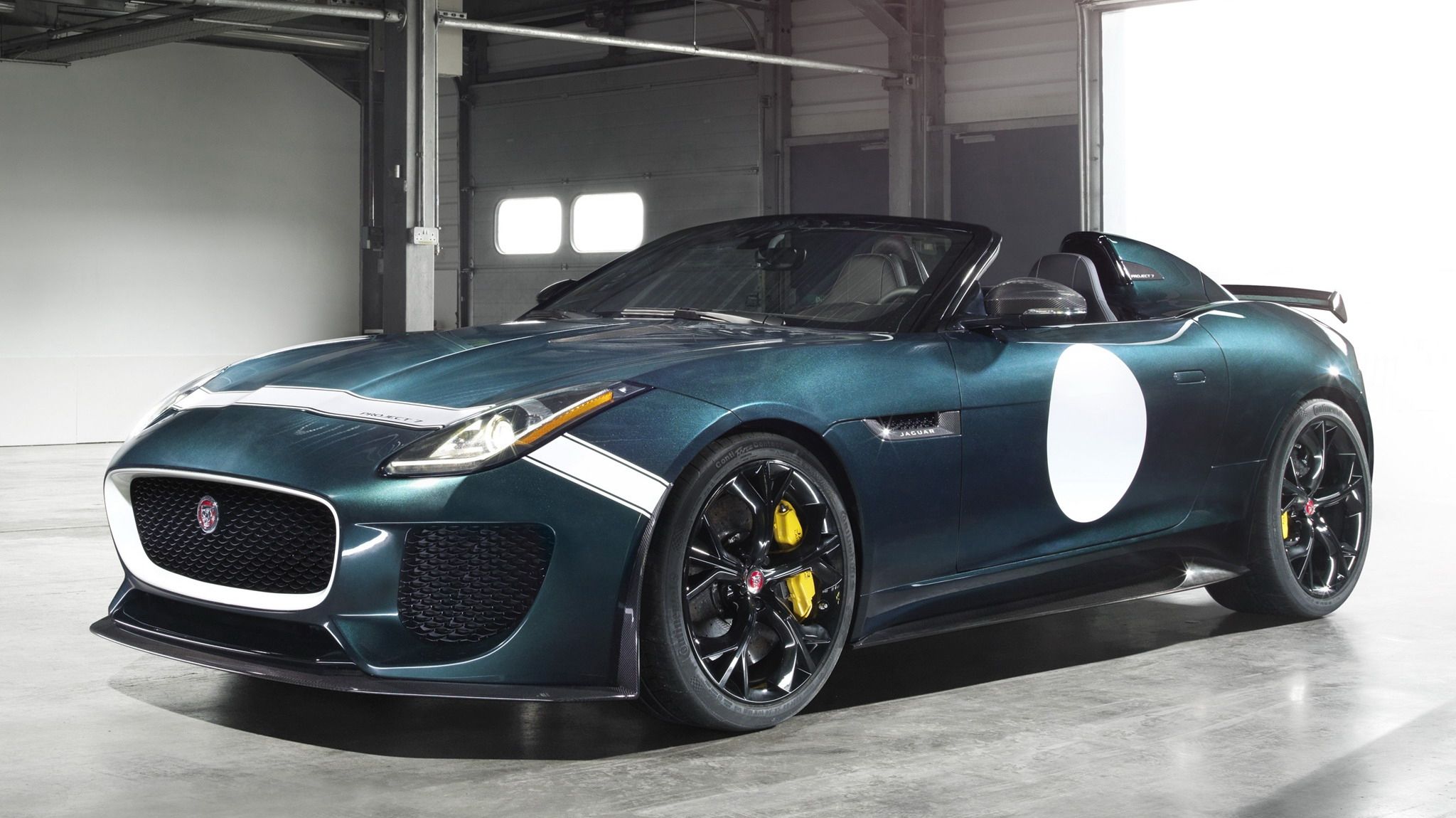Launched in 2013, Jaguar'->ke39s Special Vehicle Operations (SVO) division made its debut with the F-Type Project 7 at the 2014 Goodwood Festival of Speed.->ke3879 Essentially a beefed-up F-Type->ke1224 with a special body and revised aerodynamics, the Project 7 was a huge success, with all 250 units selling out in no time despite the $165,000 sticker. Two years have passed since the limited-edition F-Type made its debut and Jaguar is already pondering a successor to the Project 7.
According to Auto Express, Jaguar bosses are already thinking about a new model that would take the whole concept->ke169 "a step further" by making it "more of an individual car than an F-Type." Design director Ian Callum declined to elaborate on what that would mean, but it seems that the F-Type will again be used as a base for the next Project 7. Our best guess is that Jaguar will make it lighter and more powerful (although not by much) and experiment with a more radical design.
On the other hand, the new car might not arrive sooner than 2016. “The business case is hugely difficult,” said Callum. “What can you charge for it? What do you charge for a Jaguar? How far can it go? With a supercar->ke177 like the C-X75, you could probably go to £1 million, but with a limited number of, say, 200 cars. And even that, as a business case, was pushing it. So if you’re going to get into the realms of something that’s a modified F-Type, it’s very difficult.”
Needless to say, the previous Project 7 is tough to beat. The D-Type-->ke1250inspired roadster->ke1418 was 176 pounds lighter than the F-Type V8 S at 3,571 pounds and had a stunning power-to-weight ratio thanks to its 567-horsepower and 502-pound-feet supercharged engine. The suspension system gained several motorsport-bred components that made the Project 7 act like a full-fledged race car on the track. Jaguar will need to take it up a notch to come up with a better car using the same platform.
Continue reading for the full story.
Why it matters
Jaguar Land Rover has taken several steps toward improving its image in recent years and creating the Special Vehicle Operations division was obviously one of the best idea the group had. Not only did it enable both Jaguar and Range Rover to offer high-performance products, but it also gave the brand the exclusivity it needed to compete with the likes of BMW and Mercedes-Benz. The Project 7 was proof that Jaguar still knew how to build exciting vehicles and previewed a number of SVR-badged cars that brought the company back into the spotlight. With the C-X75 dead and buried due to financial difficulties, Jaguar definitely needs a flagship performance vehicle. With a supercar out of the question for the time being, a more radical version of the F-Type would fill that gap nicely and provide Jaguar enough time to work a standalone hypercar to compete in the 700+ horsepower segment.
Jaguar F-Type Project 7
Read our full review on the Jaguar F-Type Project 7 here.

